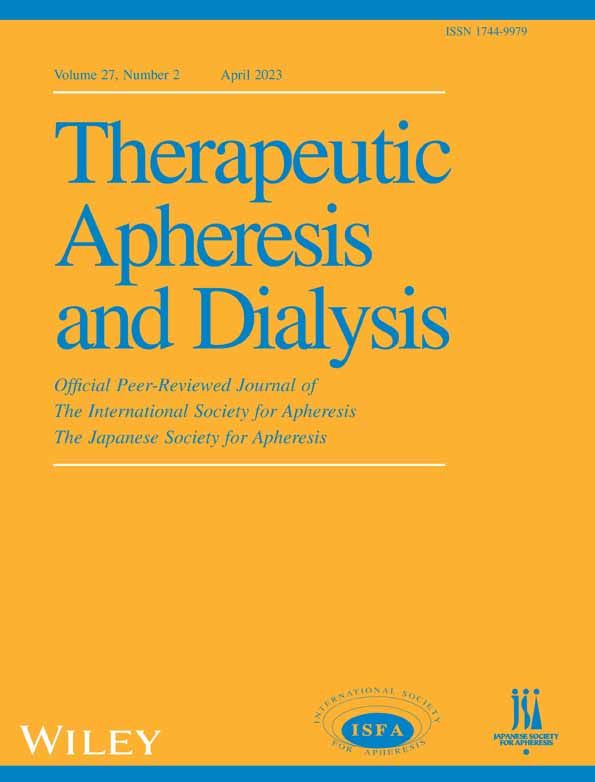Prevalence and outcome of abdominal wall hernia in patients with end-stage renal disease on peritoneal dialysis
Niveditha Girimaji and Anapalli Sunnesh share equal contribution as 1st author.
Abstract
Introduction
We aimed to study the prevalence, risk factors, management, and outcome of hernias in end-stage renal disease (ESRD) patients on peritoneal dialysis (PD) from India.
Methods
This was a retrospective study of ESRD-PD patients who developed hernias over 11 years.
Results
Of 470 PD patients, 21 developed hernias (4.2%). Mean age of patients was 49.9 ± 15.36 years; 15 (66.66%) were males; 18 (85.71%) patients had umbilical hernia, 3 (14.28%) had inguinal hernia. Continuous ambulatory PD (CAPD) versus automated PD (APD) (OR: 11.623, 95% CI: 2.060–65.581, p = 0.005) was the independent risk factor identified. Incarcerated umbilical/inguinal hernia was managed surgically (6 [28.57%]); uncomplicated umbilical hernia (15 [71.42%]) managed conservatively (shift to (APD) [33.33%]; switch to low-volume APD [20%], switch to low-volume CAPD [46.66%]). None had postoperative hernia recurrences; 4 (19%) had PD technique failure; median PD survival was 36 (IQR 17–55) months.
Conclusion
Although complicated hernias in PD require surgical repair, uncomplicated umbilical hernias can be managed conservatively by switching to APD/low-volume CAPD, with good long-term PD technique survival.
CONFLICT OF INTEREST
The present report is not submitted elsewhere or under review. The authors have no conflict of interest to declare.




